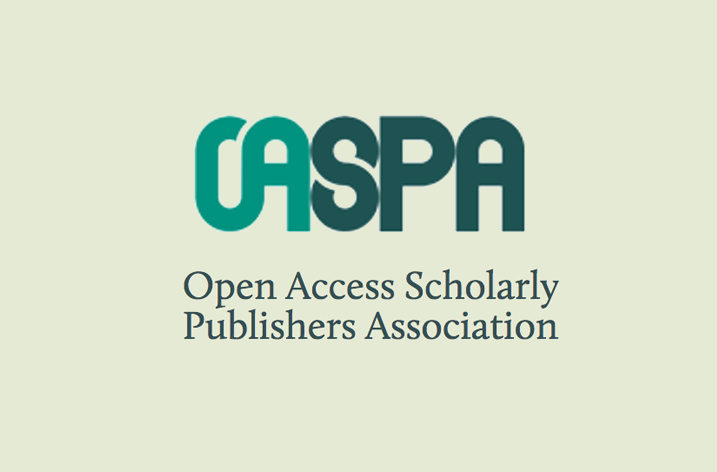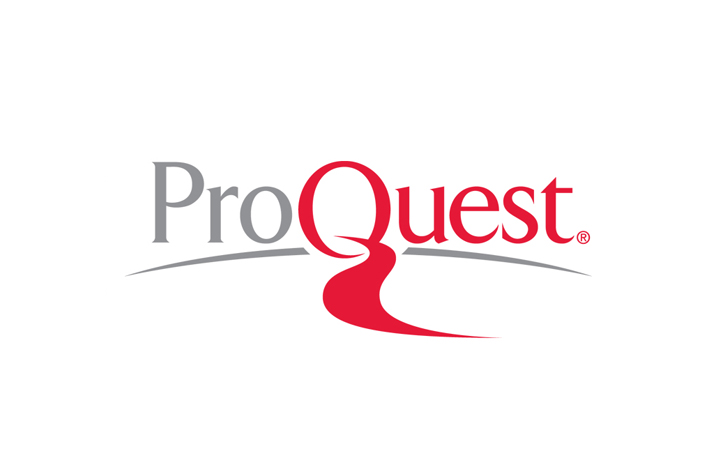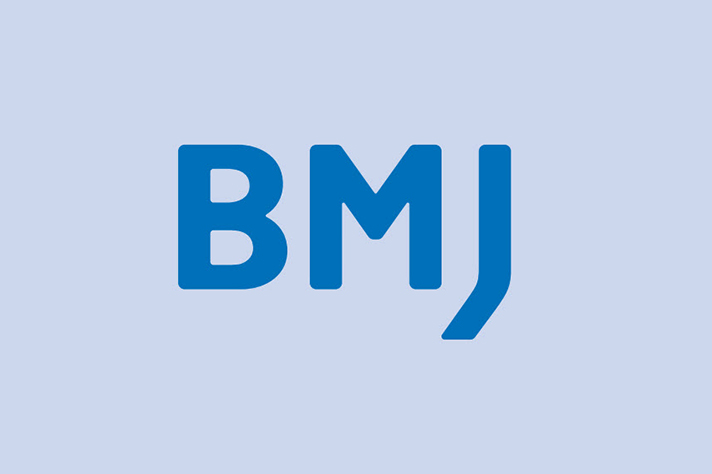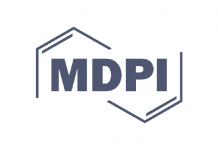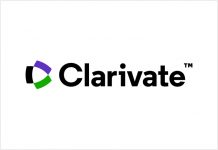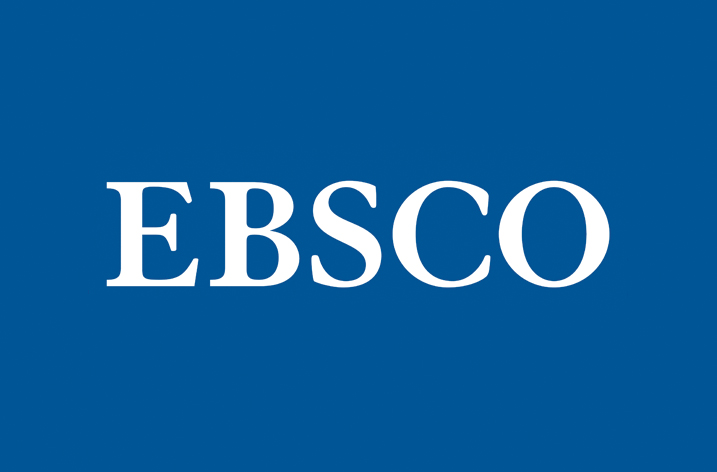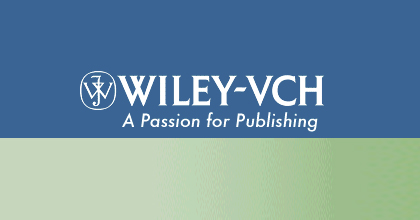Wiley-VCH, part of the scientific and technical publishing business of John Wiley & Sons, Inc., and the Asian Chemical Editorial Society (ACES) today announced the launch of the Asian Journal of Organic Chemistry, the second pan-Asia society chemistry journal after Chemistry – An Asian Journal (2010 Impact Factor: 4.188), launched by ACES and Wiley-VCH in 2006.
ACES is an association of 13 chemical societies in Asia and the Pacific region (the Royal Australian Chemical Institute Inc., the Chinese Chemical Society, the Hong Kong Chemical Society, the Chemical Research Society of India, Himpunan Kimia Indonesia, the Chemical Society of Japan, the Korean Chemical Society, Institut Kimia Malaysia, the New Zealand Institute of Chemistry, the Singapore National Institute of Chemistry, the Chemical Society Located in Taipei, the Chemical Society of Thailand, and the Chemical Society of Vietnam). For the publication of the Asian Journal of Organic Chemistry, ACES is joined by the Korean Society of Organic Synthesis.
The Asian Journal of Organic Chemistry (www.AsianJOC.org) will publish strictly peer-reviewed primary and secondary research in all aspects of organic chemistry. The first issue will appear in print and online in Wiley Online Library in the autumn of 2012 and will be published monthly thereafter. The Asian Journal of Organic Chemistry is a sister journal of the European Journal of Organic Chemistry, which is published by Wiley-VCH and ChemPubSoc Europe, the sister organization of ACES in Europe.
The Editorial Board is co-chaired by Sung Ho Kang from the Korea Advanced Institute of Science and Technology (Daejeon), Keiji Maruoka from Kyoto University, and Deqing Zhang from the Institute of Chemistry, Chinese Academy of Sciences (Beijing), whose combined and extensive expertise in organic chemistry reflects the broad scope of theAsian Journal of Organic Chemistry. In a joint statement, the Co-Chairs said, “Until now, the top international organic chemistry journals have been either American or European; the Asian Journal of Organic Chemistry is the realization of a dream for organic chemists in Asia”.
Among others, Nobel Laureates Ei-ichi Negishi (2010), Akira Suzuki (2010), and Ryoji Noyori (2001) support the new journal as members of the Honorary Board. Kang, Maruoka, and Zhang are joined by a host of distinguished organic chemists on the Editorial and International Advisory Boards to ensure that the Asian Journal of Organic Chemistry is of the highest possible standard.
“The launch of the Asian Journal of Organic Chemistry reflects the extraordinary and continuing growth of the organic chemistry community in Asia” said the President of ACES, Youngkyu Do (Korea Advanced Institute of Science and Technology). “The opportunity to bring this to the global stage in a focused, high-quality publication is exciting” he added. Koji Nakanishi, a prominent member of the organic chemistry community and member of the journal’s Honorary Board, remarked that: “In view of the surge in contributions from Asian countries, the launch [of the Asian Journal of Organic Chemistry] is wonderful”.



